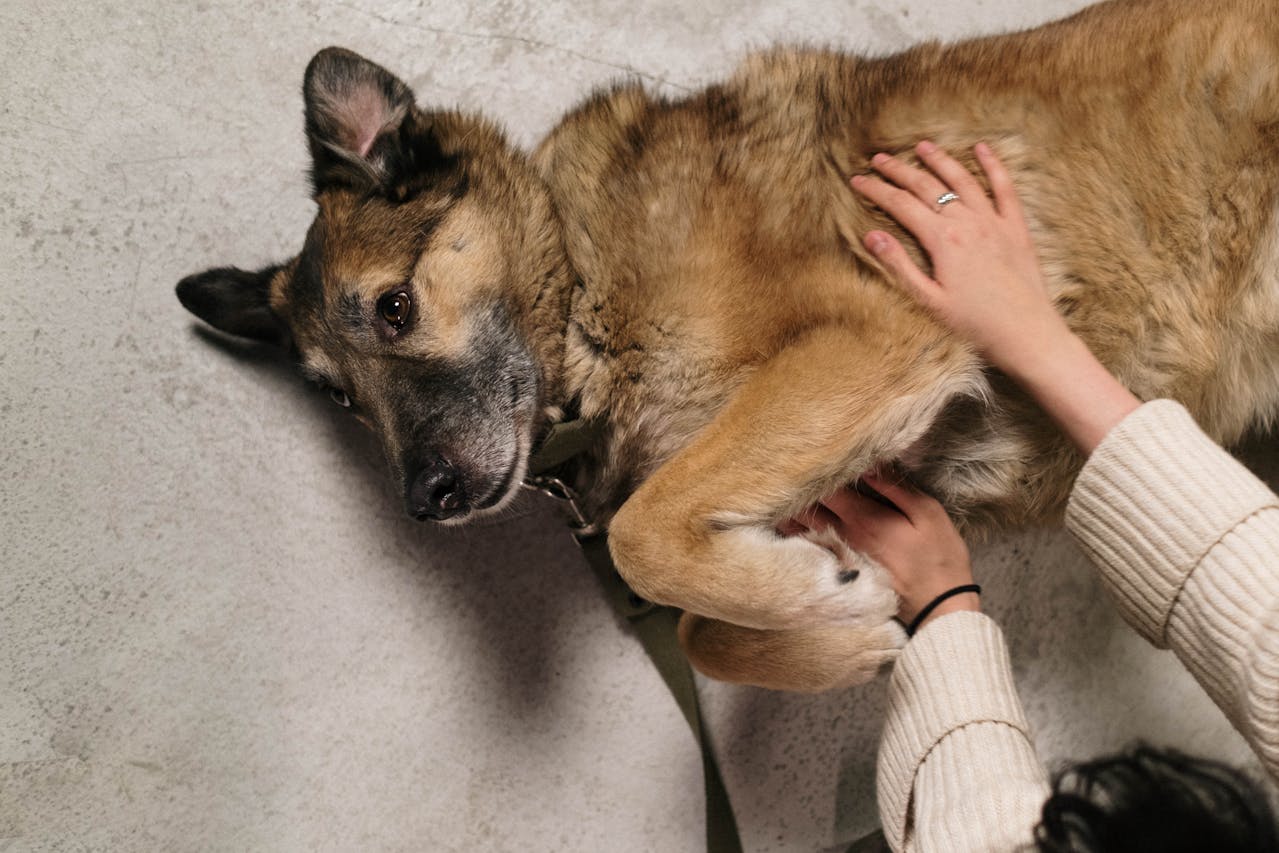Understanding Tapeworm Infections in Pets

The most prevalent tapeworm variety in cats and dogs is Dipylidium caninum, as reported by peteducation.com. These tapeworms can reach lengths of up to eight inches and consist of multiple segments, each approximately 1/8 inch in size.
How Can My Pet Contract Tapeworms?
Dogs and cats acquire tapeworms when they ingest a flea containing tapeworm eggs. Contact between flea larvae and tapeworm eggs typically occurs in contaminated bedding or carpet. When a flea bites, the pet may chew or lick its skin, inadvertently swallowing the flea. As the flea is digested in the pet's intestine, the tapeworm hatches and attaches itself to the intestinal lining.
Health Consequences of Tapeworm Infection
Although tapeworm infections might not exhibit apparent symptoms in pets, potential indicators include digestive disturbances, changes in appetite, poor coat and skin condition, weight loss, and signs of abdominal discomfort.
So, if your pet displays no symptoms, how can you detect tapeworms? The simplest way is to examine your pet's feces. The tapeworm segments detach and pass through the pet's digestive system. These white and mobile segments make them easy to identify in your pet's stool. They bear a resemblance to dried rice or live maggots when fresh.
While it may seem unpleasant, this examination is crucial since veterinarians do not typically identify tapeworms in routine fecal examinations. This is because tapeworm eggs are contained within the segments that your pet passes. The eggs are only released when the components break open, typically as they dry out. Fleas in the environment then consume these eggs and dried segments.
Even if your pet does not appear unwell due to the infestation, tapeworms compete with your pet for essential nutrients, underscoring the importance of early detection and treatment.
Treating Tapeworm Infections
Thankfully, treating tapeworms is a straightforward and effective process. Once tapeworms are identified, it's advisable to consult your veterinarian. The veterinarian will likely prescribe a deworming medication, administered orally or by injection, to eliminate the tapeworm. Multiple treatments may be recommended, especially if your pet has reinfected itself due to an ongoing flea population at home.
Preventing Tapeworm Infections
To prevent reinfection or initial infection, consider these preventive measures:
-
Control fleas: Use a flea control product on your pet, and consult your vet for the most suitable option.
-
Regularly inspect your pet with a fine-tooth flea comb to check for infestations.
-
A vitamin supplement might help restore the nutrients lost due to tapeworms in severe and recurring infestations leading to malnutrition. Discuss this possibility with your veterinarian.
Get insurance plans with wide-ranging coverage options













